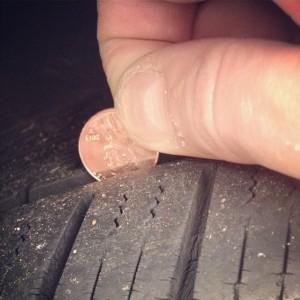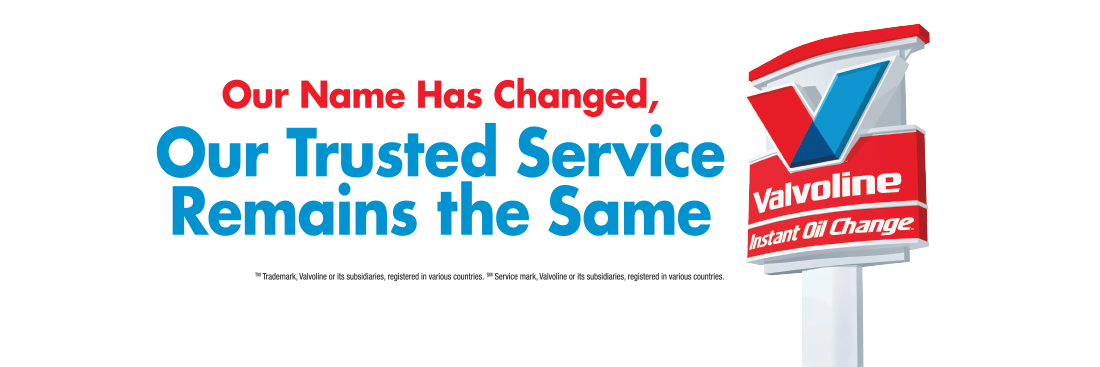 You can save money and help ensure the safety of you and your passengers by properly maintaining your tires. That includes checking and setting the pressure, rotating the tires regularly and, when needed, having your wheels aligned.
You can save money and help ensure the safety of you and your passengers by properly maintaining your tires. That includes checking and setting the pressure, rotating the tires regularly and, when needed, having your wheels aligned.
To help you keep your tires in top-notch condition, we’re sharing answers to questions commonly asked of our knowledgeable, trained technicians.
How Often Should I Check My Tire Pressure?
Check the pressure of all your tires about once a month.Don’t forget your spare! After all, a flat spare is of no value.
As part of our thorough Famous 18-Point Full-Service Oil Change, Oil Can Henry’s checks and fills your tires. We also happily check and fill your tires free of charge within three months of your last Oil Can Henry’s service.
Should I Fill My Tires to the Pressure Listed on the Sidewall?
Don’t automatically inflate your tires to the pressure listed on the tire sidewall. That’s the pressure needed to achieve the tire’s maximum rated load capacity; it may not be the correct pressure for your vehicle.
Instead, inflate your tires to the pressure recommended by your vehicle manufacturer. You can find that in your vehicle’s owner’s manual or on the driver’s door jamb.
How Often Should I Rotate My Tires?
Regularly rotating your tires is one of the best ways to help ensure even wear and extend the life of your tires.
Recommended intervals vary; AAA advises every 5,000 – 7,000 miles while Goodyear says every 3,000 – 6,000 miles. Check your vehicle’s owner’s manual for your vehicle manufacturer’s recommendation.
Some tire retailers, including Les Schwab, include free rotation for the lifetime of tires they sell. Don’t be afraid to take them up on it!
What’s an Alignment? And When Should I Have It Done?
An alignment is an adjustment of the suspension, which connects your vehicle to its wheels, to ensure the tires are making proper contact with the road.
If you notice uneven or excessive wear on your tire tread or if your vehicle is pulling to one side on a level road, you may need an alignment or suspension repair. Other telltale signs include a steering wheel that’s off-center when you’re driving straight ahead and vibration of your steering wheel. Learn more here.
How Do I Know When It’s Time to Replace My Tires?
You’ll want to replace your tires when the tread drops to 1/16 of an inch… if not sooner.
To check the tread depth, place a penny upside down into a groove on your tire. If you can see all of Lincoln’s head, it’s time to replace the tire.
Also watch for these signs that it’s time to replace your tires: uneven wear, a change or decline in vehicle handling, a drop in gas mileage, vibration, reduced brake responsiveness, and/or tires that are losing air faster than normal.
Additional Resources
Want to learn more? Check out these great resources:



